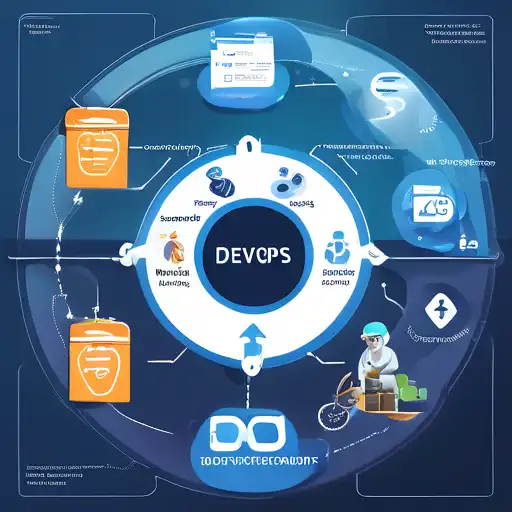Introduction to DevOps in Software Development
DevOps has revolutionized the way software is developed, deployed, and maintained. By bridging the gap between development and operations teams, DevOps practices ensure a smoother, faster, and more efficient software development lifecycle (SDLC). This article explores the pivotal role of DevOps in enhancing the SDLC, focusing on its benefits, key practices, and how it fosters collaboration among teams.
The Benefits of DevOps in the SDLC
DevOps brings numerous advantages to the software development process, including improved collaboration, faster deployment times, and higher quality products. By integrating continuous integration and continuous deployment (CI/CD) pipelines, teams can automate the testing and deployment processes, significantly reducing manual errors and speeding up release cycles.
Key DevOps Practices for Optimizing the SDLC
Several core practices underpin the success of DevOps in improving the SDLC:
- Continuous Integration and Continuous Deployment (CI/CD): Automates the integration of code changes and their deployment to production, ensuring that software can be released at any time.
- Infrastructure as Code (IaC): Manages and provisions computing infrastructure through machine-readable definition files, rather than physical hardware configuration.
- Monitoring and Logging: Tracks the performance of applications and infrastructure to proactively identify and resolve issues.
- Microservices: Encourages the development of applications as a collection of small services, improving scalability and flexibility.
How DevOps Fosters Team Collaboration
One of the most significant impacts of DevOps is the enhancement of collaboration between development and operations teams. By breaking down silos and encouraging a culture of shared responsibility, DevOps ensures that all team members are aligned towards common goals, leading to more innovative solutions and faster problem resolution.
Implementing DevOps: A Step-by-Step Approach
Adopting DevOps requires a strategic approach, starting with an assessment of current processes and identifying areas for improvement. Teams should focus on automating repetitive tasks, adopting agile methodologies, and continuously monitoring and optimizing their workflows for better efficiency.
Conclusion
DevOps is not just a set of practices but a culture that transforms the software development lifecycle. By embracing DevOps, organizations can achieve faster delivery times, improved product quality, and enhanced team collaboration. As the software industry continues to evolve, DevOps will remain a key driver of innovation and efficiency.
For more insights into optimizing your development processes, explore our articles on continuous integration and agile methodologies.
